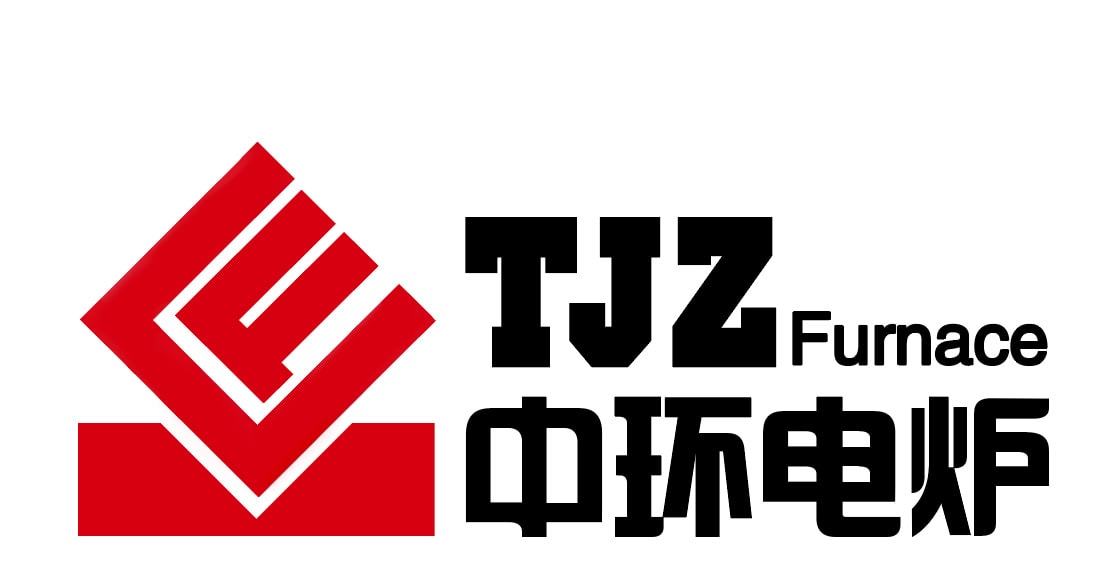SYMPOSIUM 4: Advanced Materials for Thermoelectric and Thermionic Energy Conversion
Thermoelectric power generation relies on a thermally induced electrical current in an all-solid-state device. Thermionic energy conversion also utilizes a temperature gradient to generate an electrical current; however, the materials research and device applications are still underdeveloped compared to those in thermoelectrics. In both heat-to-electricity direct energy conversion technologies, the useful power and power conversion efficiency depend on the transport of charge carriers (electrons or holes) and the propagation of lattice vibrations (phonons) in the materials involved. Broader applications of thermoelectric and thermionic devices can be expected if new materials can be developed and assembled to reliably meet the requirements under various environments and duty loads. Deeper insight into mechanisms through novel theoretical concepts and advanced manufacturing techniques is needed to achieve a breakthrough in thermoelectric and thermionic materials and devices, which enables a far greater figure of merit and higher power factor than those of currently available counterparts. Computational sciences, including machine learning, artificial intelligence, and high-throughput computational screening, provide researchers with powerful tools and methods to guide the discovery, design, optimization, performance, and evaluation of non-traditional thermoelectric and thermionic materials and devices.
The focus of this symposium is to convene leading global field experts to engage in ceramic technology-centered dialogues to address critical issues in the development of thermoelectric and thermionic energy conversion materials and devices. Researchers and scientists in thermoelectrics/thermionics and related fields are cordially invited to participate in this symposium.
Proposed Session Topics
- Ceramic technology-centered materials development in thermoelectric and thermionic energy conversion for electrical power generation and cooling/thermal management
- Novel thermoelectric and thermionic materials with high power factor and/or high figure of merit
- Organic thermoelectric materials and organic-inorganic hybrid systems
- Flexible thermoelectric materials and devices
- Porous thermoelectric/thermionic materials
- Electronic and phononic band structure engineering, nanostructure engineering, superlattice structures and 2D thermoelectric/thermionic materials
- Thermal stability and mechanical properties of thermoelectric/thermionic materials and reliability of devices
- Electrical and thermal contact resistivity and their interplay with the joining of thermoelectric/thermionic materials
- Structure/property relationships, thermodynamics, and solid-state defect chemistry of thermoelectric/thermionic materials
- Theoretical and experimental approaches to thermal and electrical transport mechanisms in thermoelectric/thermionic materials
- Design of new thermoelectric and thermionic materials using density functional theory or other first principles computational methods
- Machine learning, artificial intelligence, and high-throughput computational screening for the discovery and optimization of thermoelectric and thermionic materials
- Innovative processing routes for thermoelectric and thermionic materials
- Advanced manufacturing technologies for thermoelectric/thermionic devices and modules
- Miniaturized and integrated thermoelectric and thermionic devices
- System-level applications of advanced thermoelectric devices and modules in electrical power generation (i.e. thermogenerators), sensor technology, and heating/cooling
Symposium Organizers
- Michitaka Ohtaki, Kyushu University, Japan
- Hyun-Sik Kim, University of Seoul, Republic of Korea
- Armin Feldhoff, Leibniz University Hannover, Germany
- Sunmi Shin, National University of Singapore, Singapore
- Kyu Hyoung Lee, Yonsei University, Republic of Korea
- Umut Aydemir, Koç University, Turkey
- Mona Zebarjadi, University of Virginia, USA
- Mari-Ann Einarsrud, Norwegian University of Science and Technology, Norway
- Jon C. Goldsby, NASA Glenn Research Center, USA
- Peng Jiang, Dalian Institute of Chemical Physics, China
- Theodora Kyratsi, University of Cyprus, Cyprus
- Takao Mori, National Institute for Materials Science, Japan
- Amin Nozariasbmarz, The Pennsylvania State University, USA
- Daryoosh Vashaee, North Carolina State University, USA
- George Nolas, University of South Florida, USA
- Winnie Wong-Ng, National Institute of Standards and Technology (NIST), USA
- Takayoshi Katase, Tokyo Institute of Technology, Japan
Points of Contact
- Michitaka Ohtaki: ohtaki@kyudai.jp
- Hyun-Sik Kim: hyunsik.kim@uos.ac.kr
- Armin Feldhoff: feldhoff@pci.uni-hannover.de
- Sunmi Shin: mpeshin@nus.edu.sg
- Kyu Hyoung Lee: khlee2018@yonsei.ac.kr










